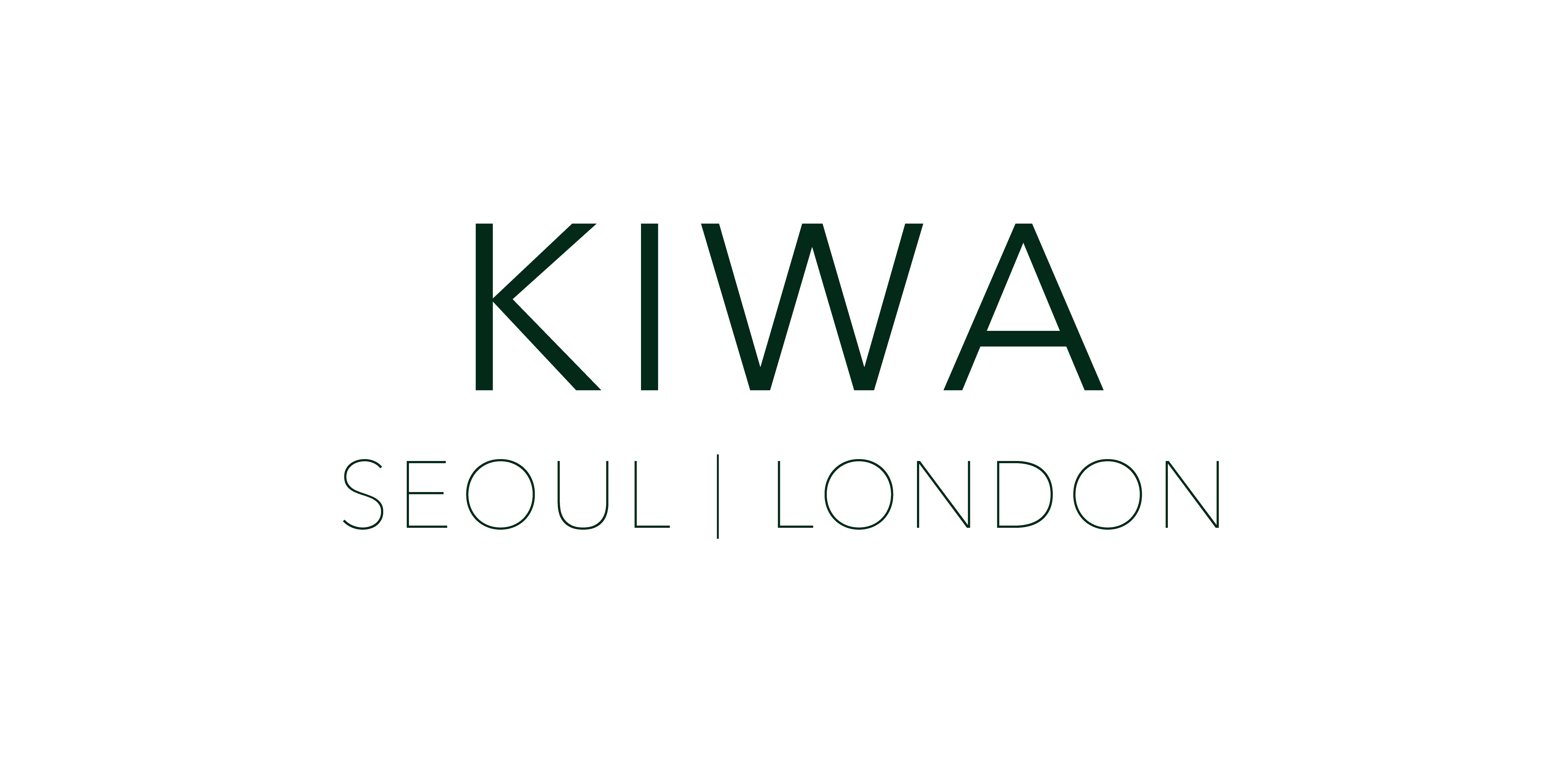CHA DAEYOUNG KOREA, b. 1957
Biography
Mt. Inwang has long stood as a silent witness to Seoul’s apocalyptic past and the twisted history scarred by political factionalism. Even today, amidst an era of conflict and confusion, we look to the mountain once more—as a symbol of resilience, and as a place where we project our hopes for a better future. Mt. Inwang is not just a geographic landmark; it is a living metaphor for our past, our present, and the future we yearn for.
The artist translates this symbolic weight of Mt. Inwang into his canvas. Guided by a vision of pure, sacred light, he evokes a tranquil atmosphere that pervades the entire surface. His unique aesthetic sensibility emerges through restraint and subtlety—an expression rooted in the Korean spirit: a quiet dignity, a refined emotional palette, and a worldview shaped by humility and grace. These qualities form the deep foundation of his color philosophy, giving shape to a visual language both timeless and deeply personal.
Works
Exhibitions
Enquire






